Para leer la version en español, desliza hasta abajo.
Letting go of Lisbon is impossible. The city is the epicenter of saudade—a sweet yearning that lingers long after you’ve left. It’s not just nostalgia. It’s braided memories we mourn. I’ve tried to forget it many times, but Lisbon never lets go.
The first time I visited was in 2012, while working as a travel journalist for Monocle. Back then, even the locals seemed surprised I’d come. Portugal was still recovering from the 2008 financial crisis; it was considered an EU periphery state, rarely spotlighted, barely trending. That obscurity made the country all the more intriguing, and stories abounded. I wandered through Lisbon’s neighborhoods with a notepad and a small camera, chasing the kinds of stories that existed while nobody was looking. I interviewed cork harvesters in Alentejo and discussed strategies for keeping the time-honored industry afloat. I spoke to a young, promising chef while he cooked in a hole-in-the-wall—years before Michelin stars would find him. I reviewed boutique hotels that today are fully booked by design tourists, architecture aficionados, and brand strategists from Brooklyn.
Even then, Lisbon had a quiet pull. The streets were lined with azulejos, colorful tiles that felt like printed lattice. The air carried salt and something else—ancient roots that branched all the way from Angola and Cape Verde, mingled with Romani paths and gypsy legends that echoed with the stories of sea-worn sailors who once ferried spices from Sri Lanka, Goa, and Brazil. The country’s colonial past lingered everywhere, each accent making Lisbon a unique mélange worthy of fairytale allure.
Not long after my first trip, my mother was assigned to work at the Colombian Embassy in Lisbon. I was living in London then, just a short flight away. As I grew older, she became one of my closest allies, so I visited her often. But I hadn’t returned in over a decade, and coming back was a bit of a shock. I remembered walking those cobbled streets of Chiado and Baixa with her, joking about whispering so we wouldn't disturb the peace. Tourists were scarce, museums rarely crowded, and the only long line was for pastéis de nata in Belém—a pilgrimage shared by locals and foreigners alike. Lisbon back then felt like a city paused in time. Fado drifted from behind wooden doors and the sidewalks glistened after light rain. Now the city hums with the noise of tours and tuk-tuks, of happy hours served where old tascas once stood. The soul is still there—but it’s been tempered, nudged, and pushed into the fast-lane of global gentrification.
Lisbon is buzzing. Cafés double as co-working spaces. Tascas that once served bacalhau à brás and red wine for a few euros are now cocktail bars with DJ sets and QR codes on vegan menus. Many of the people who once lived in Alfama and Graça have been priced out by short-term rentals. It’s the same story unfolding across dozens of cities, but here, it feels especially brusque because Lisbon wasn’t designed for speed.
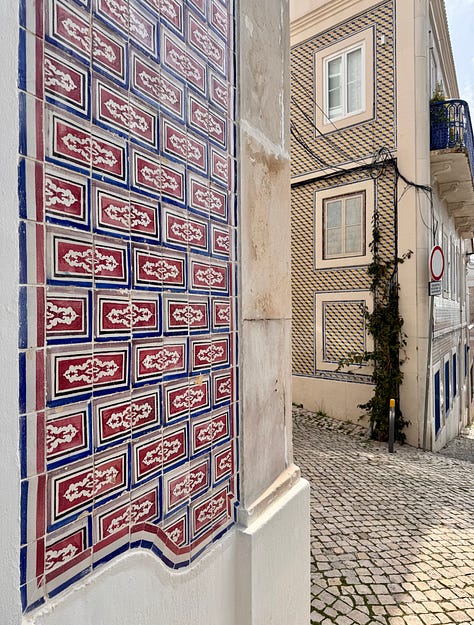
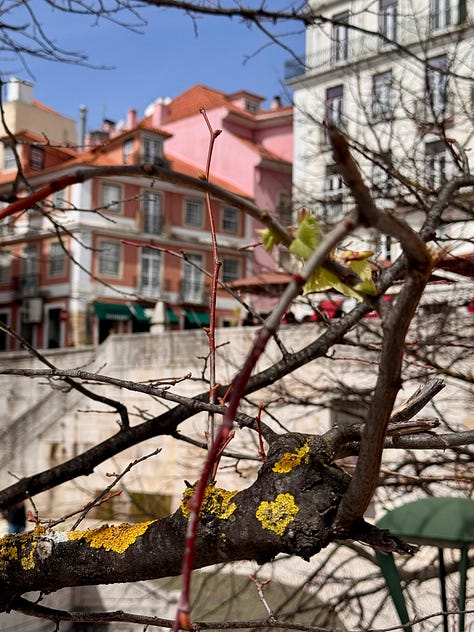
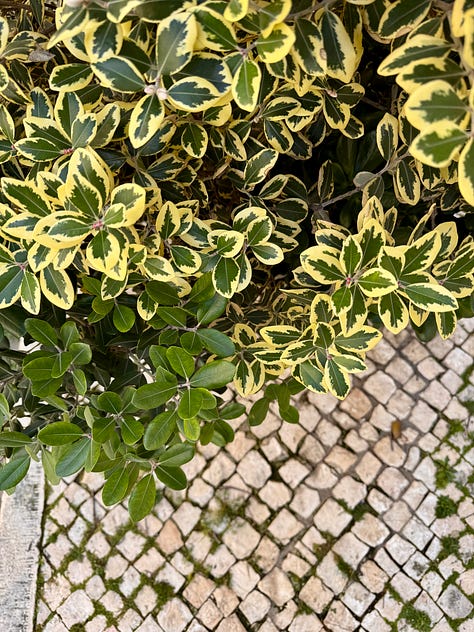

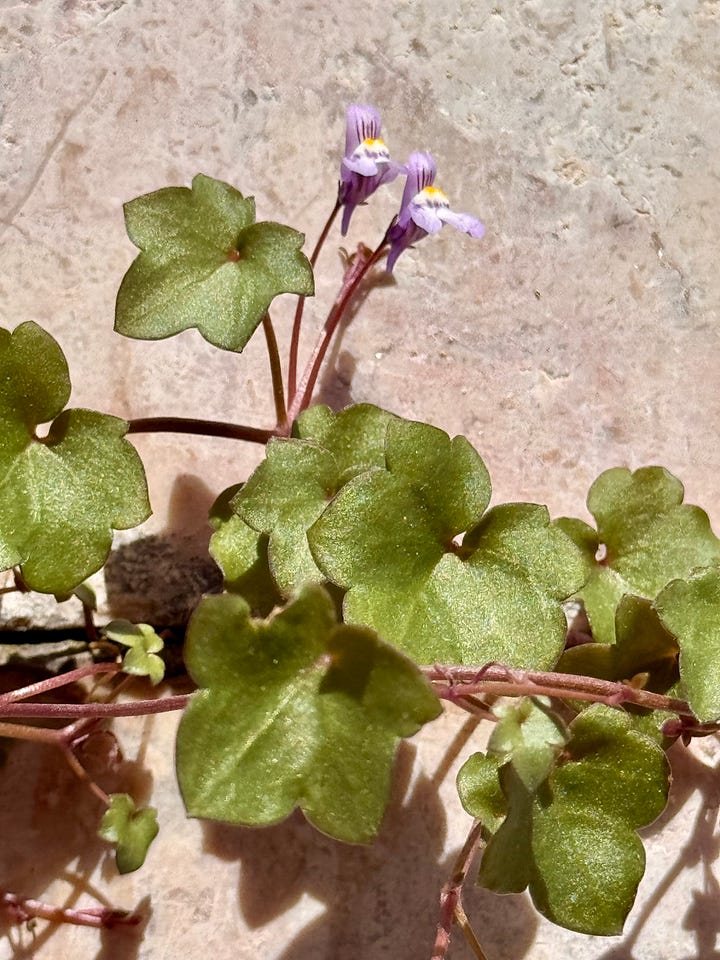
And still, I fell in love again. Lisbon adapts. She doesn’t bend easily, but she evolves. The sidewalks remain uneven, forcing you to slow down and look around. The miradouros still offer postcard views. There are parks—Gulbenkian, Estufa Fria, the Botanical Gardens—where you can disappear into green for hours and forget you’re in a capital city. The Atlantic is a short train ride away, the beaches of Cascais or the wilderness of Arrábida reminding you that this is a country defined not by the power of politics, but by the potency of poetics.
There are plenty of newer layers I wasn’t expecting. Natural wine bars have opened in Marvila. The brunch scene has exploded and oat-milk turmeric lattes have replaced the dark morning roast, accompanied by avo toasts plated with aesthetic precision. There are wellness studios offering yin yoga, Reiki, and breathwork. Industrial clubs along the river pulse long after midnight. The creatives have come. The tech crowd has followed. Digital nomads continue to arrive bringing global trends along, folding into the undercurrent of a city that knows how to hold onto its history.
I walked familiar streets and wondered what my mother would think of this new Lisbon—the louder and more modern one, partially lost to real estate speculation but still anchored in something timeless. I think she’d raise an eyebrow at the smoothie menus and instead order a glass of vinho verde at Cervejaria Ramiro, unfussed about the Instagrammable açai bowls.
Dejar ir a Lisboa es imposible. La ciudad es el epicentro de la saudade, esa añoranza dulce que persiste mucho después de haberse ido. No es solo nostalgia. Son memorias entrelazadas que se lloran. He intentado olvidarla muchas veces, pero Lisboa nunca me suelta.
La primera vez que la visité fue en 2012, mientras trabajaba como periodista de viajes para Monocle. En aquel entonces, incluso los locales se sorprendían de que estuviera allí. Portugal seguía recuperándose de la crisis financiera del 2008; era considerado un país periférico de la Unión Europea, raramente destacado, casi nunca en tendencia. Esa oscuridad, sin embargo, hacía a Portugal aún más intrigante, y las historias abundaban. Recorrí los barrios de Lisboa con una libreta y una pequeña cámara, persiguiendo relatos que solo existían cuando nadie estaba mirando. Entrevisté a recolectores de corcho en Alentejo y hablamos sobre cómo sostener una industria centenaria. Conversé con un joven chef prometedor mientras cocinaba en un hueco en la pared—mucho antes de que las estrellas Michelin lo encontraran. Reseñé hoteles boutique que hoy están completamente reservados por turistas de diseño, amantes de la arquitectura y estrategas de marca de Brooklyn.
Incluso entonces, Lisboa tenía un magnetismo silencioso. Las calles estaban forradas de azulejos, esos mosaicos de colores que parecen encajes impresos. El aire olía a sal, y a algo más—raíces antiguas que se extendían desde Angola y Cabo Verde, mezcladas con caminos romaníes y leyendas gitanas que resonaban con las historias de marineros curtidos que alguna vez trajeron especias desde Sri Lanka, Goa y Brasil. El pasado colonial del país flotaba en todas partes, cada acento componía un mestizaje que convertía a Lisboa en una mezcla única, digna de fábula.
Poco después de ese primer viaje, a mi madre la asignaron a la Embajada de Colombia en Lisboa. Yo vivía en Londres en ese momento, a solo un vuelo de distancia. Con los años, ella se convirtió en una de mis mayores aliadas, así que la visitaba con frecuencia. Pero no había vuelto a Portugal en más de una década, y regresar fue un pequeño shock. Recordaba caminar por las calles adoquinadas de Chiado y Baixa con ella, bromeando sobre susurrar para no perturbar la paz. Los turistas eran escasos, los museos casi vacíos, y la única fila larga era la de los pastéis de nata en Belém—una peregrinación compartida por locales y visitantes. Aquella Lisboa parecía detenida en el tiempo. El fado flotaba desde detrás de puertas de madera y las aceras brillaban tras la lluvia ligera. Ahora, la ciudad vibra con el ruido de tours y tuk-tuks, de happy hours donde antes había tascas tradicionales. El alma sigue ahí—pero ha sido arrastrada al carril rápido de la gentrificación global.
Lisboa está vibrante. Los cafés funcionan también como espacios de coworking. Las tascas que antes servían bacalhau à brás y vino tinto por unos pocos euros ahora son bares de cócteles con DJ y menús veganos con códigos QR. Muchos de los antiguos residentes de Alfama y Graça han sido desplazados por los alquileres de corto plazo. Es una historia que se repite en decenas de ciudades, pero aquí se siente particularmente brusca—porque Lisboa no fue hecha para la prisa.
Y aun así, me volví a enamorar. Lisboa se adapta. No se dobla fácilmente, pero evoluciona. Las aceras siguen desiguales, obligándote a frenar, a mirar. Los miradouros aún ofrecen vistas de postal. Hay parques—Gulbenkian, Estufa Fría, el Jardín Botánico—donde uno puede perderse entre el verde durante horas y olvidar que está en una capital. El Atlántico queda a un corto viaje en tren; las playas de Cascais o la naturaleza salvaje de Arrábida te recuerdan que este país no se define por el poder de la política, sino por la potencia de su poesía.
Hay muchas capas nuevas que no esperaba. En Marvila han abierto bares de vino natural. La escena del brunch ha explotado y los lattes de cúrcuma con leche de avena han reemplazado al café oscuro de las mañanas, acompañados de tostadas de aguacate servidas con precisión estética. Hay estudios de bienestar que ofrecen yoga yin, Reiki y respiración consciente. Las discotecas viven en zonas industriales a la orilla del río, donde laten con fuerza después de la medianoche. Los creativos han llegado. El mundo tech también. Los nómadas digitales siguen desembarcando, trayendo tendencias globales que se pliegan al ritmo subterráneo de una ciudad que sabe sostener su historia.
Caminé por calles conocidas y me pregunté qué pensaría mi madre de esta nueva Lisboa—la más ruidosa y moderna, en parte devorada por la especulación inmobiliaria pero aún anclada en algo atemporal. Creo que alzaría una ceja frente a los menús de smoothies y, en cambio, pediría una copa de vinho verde en Cervejaria Ramiro, sin preocuparse por cuántos likes darían por un bowl de açai.

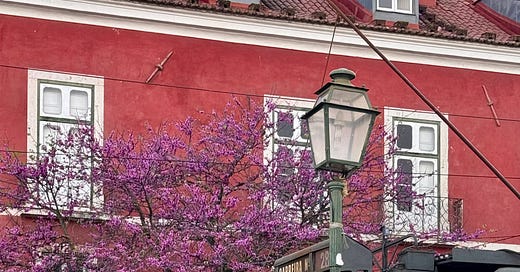



I visited Lisbon for the first time in 2015 and fell in love instantly. The tiles, the light, the silence in the backstreets. I remember sitting in a tiny tasca near São Bento, eating grilled sardines and vinho verde with two old men watching Benfica. It felt timeless. When I went back last year, it was still beautiful,but not quiet. And I get it. Cities evolve. But part of me still misses the one I met first.
Hey Santiago! We were in touch when you were with Monocle. I was living in SF at the time. I moved to Porto! Do you ever get here? Let me know. I have a new project in Italy with the Gaja’s. Could be a fun story for you. Paul